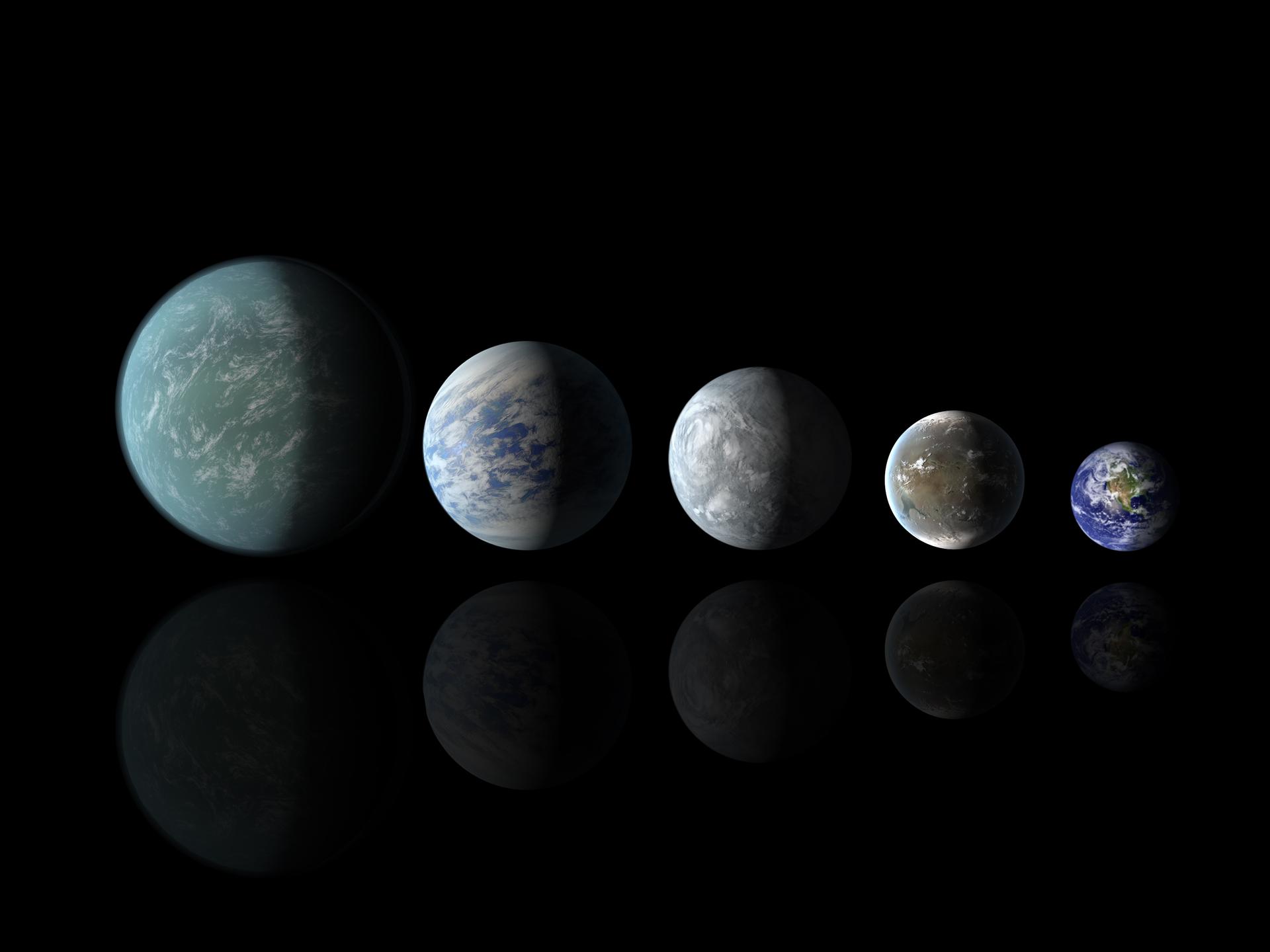Hello? Is anybody out there?
Scientists using NASA’s Kepler space telescope have found the best candidates yet for habitable worlds beyond our solar system.
The odds of humans being alone in this universe now seem a lot smaller than they did Monday.
Astronomers announced Tuesday that there are billions of potentially habitable Earth-sized planets in the Galaxy. The figure comes from data collected by NASA's Kepler space telescope.
With so many potentially habitable planets, contact with extraterrestrials seems more probable. And while that day is probably still far off, protocols are in place to speak as one planet when it comes. Astronomer Jill Tarter has been thinking about those protocols her entire career.
She directs the SETI (Search for Extraterrestrial Intelligence) Institute, which started more than 50 years ago. In the beginning, when the Institute was funded by the US government, a government protocol was in place, Tarter says. However, since 1993, SETI has been privately funded and the protocol doesn't necessarily include alerting the US president if life is found. Instead, says Tarter, the protocol is a loose set of steps.
"Make sure you're right, send out a scientific paper, send out a telegram alerting the world's observatories and hold a press conference for the world," she said.
SETI has never had to put the protocol to use, of course, but the Institute has had a few close calls. In 1998, the Institute's equipment was damaged by a lightning strike and the observatory started to receive signals from what scientists believed to be a star they were tracking.
"It took us the better part of a day to finally figure out that it wasn't coming from a star that we'd been tracking, it was in fact coming from a spacecraft that was orbiting around the sun called Soho," Tarter explained.
While we wait for extraterrestrial life to contact us here on earth, we've been busy figuring out what messages we want to send into the galaxy. There have been many attempts to communicate to potential intelligent life. NASA sent up Pioneer 10 and 11 with small metal plaques identifying their time and place of origin. The Voyager 1 and 2 spacecraft have golden records aboard with sounds and images chosen by NASA to represent Earth.
"I sometimes say we lied through our teeth," Tarter said of the golden records aboard the Voyagers. "Everybody is beautiful, there's no war, no disease, no pollution."
SETI is currently sponsoring a petition asking NASA to upload a version 2.0 of the Voyager record to the New Horizons spacecraft en route to Pluto. Instead of the picture-perfect view of life on earth, Tarter envisions the new record would be a crowdsourced view of our planet, collected using social media.
In the meantime, you can suggest what we should say to any future extraterrestrial neighbors via a different kind of space — cyberspace.
